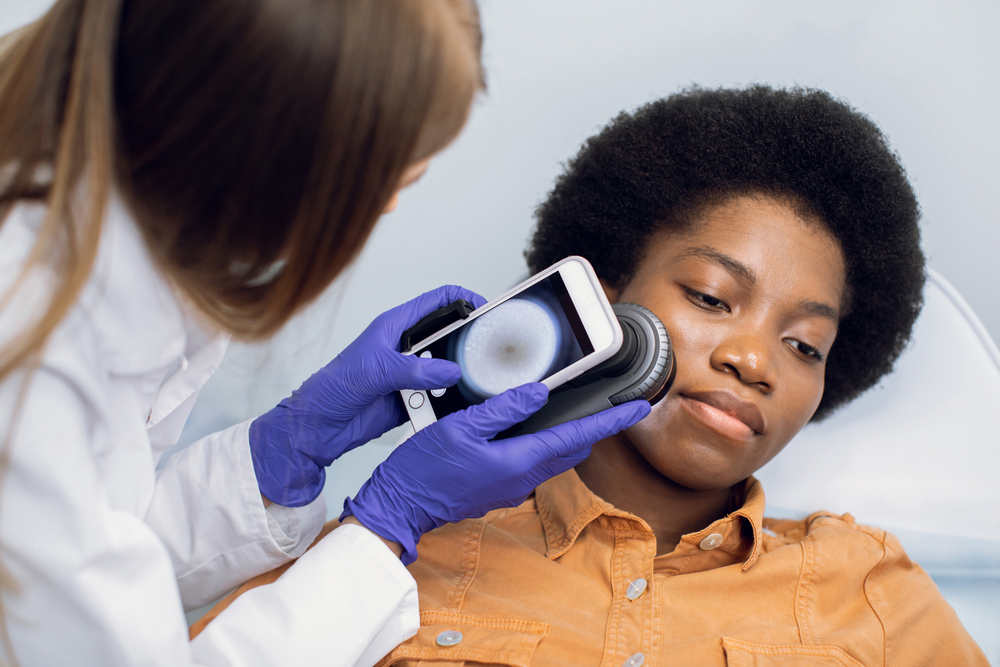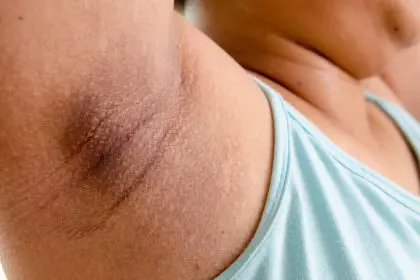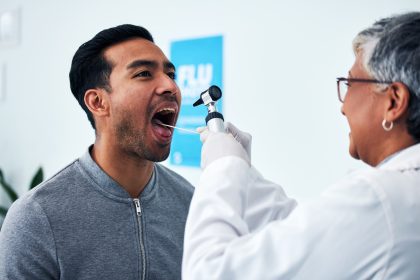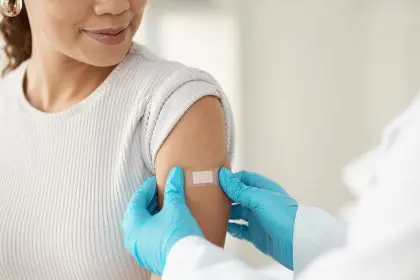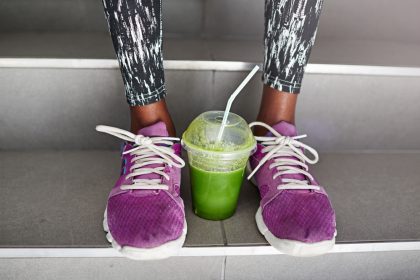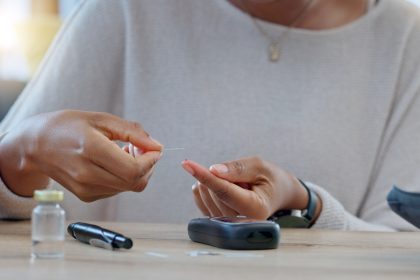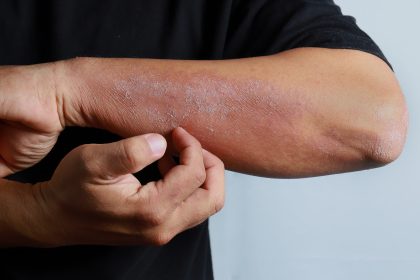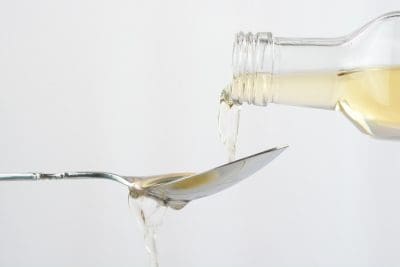In the realm of common skin ailments, warts stand out as particularly vexing. These small, benign growths caused by the human papillomavirus (HPV) can be both unsightly and contagious. While they may eventually disappear on their own, many seek swift and effective treatments to rid themselves of these unwelcome skin visitors. This article explores the most promising medical treatments and natural remedies for warts, empowering readers to make informed decisions about their skin health.
Understanding warts
Warts are non-cancerous skin growths that can appear on various parts of the body, including hands, feet, and face. Caused by different strains of HPV, these viral infections spread through direct contact or by touching contaminated surfaces. While generally harmless, warts can be aesthetically displeasing and may cause discomfort, prompting many to seek treatment.
Medical interventions
When it comes to eliminating warts, medical treatments often provide the most reliable results. Here are some of the most effective options available:
Cryotherapy: The big freeze
Cryotherapy remains a go-to treatment for warts. In this procedure, a healthcare professional applies liquid nitrogen to the wart, effectively freezing it off. The extreme cold causes a blister to form under and around the wart, which eventually falls off. While highly effective, cryotherapy may require multiple treatments and can cause temporary discomfort and redness.
Salicylic acid: Gradual peeling power
For those preferring a home-based approach, salicylic acid offers a gradual but effective solution. Available over-the-counter in various forms, including gels, creams, and adhesive pads, salicylic acid works by slowly peeling away layers of the wart. Consistency is key with this treatment, as it may take several weeks to see results. It’s particularly effective for warts on hands and feet but may be less suitable for sensitive areas.
Laser therapy: Targeting stubborn growths
When warts prove resistant to other methods, laser therapy can be a game-changer. This procedure uses focused light to burn and destroy wart tissue. While more expensive and potentially requiring multiple sessions, laser treatment is often recommended for larger or persistent warts that haven’t responded to other interventions.
Cantharidin: The blister-inducing agent
Cantharidin, a chemical applied by healthcare providers, offers another effective treatment option. It causes a blister to form beneath the wart, lifting it off the skin for easy removal. Often used in combination with other treatments, cantharidin is painless during application but may cause some discomfort as the blister develops.
Surgical removal: The last resort
For particularly stubborn or large warts, surgical removal may be necessary. This can involve cutting out the wart or using electrosurgery to destroy the tissue. While effective, surgery is typically reserved for cases where other treatments have failed, as it can be painful and may leave scars.
Natural remedies
For those inclined towards natural solutions, several home remedies have gained popularity for wart treatment:
Apple cider vinegar: Acetic acid attack
Apple cider vinegar’s acetic acid content is believed to help break down wart tissue and boost the immune system’s response to HPV. To use, apply a vinegar-soaked cotton ball to the wart overnight. Over time, the wart may darken and eventually fall off. However, monitor for skin irritation, as vinegar can be harsh on sensitive skin.
Garlic: Nature’s antiviral
Garlic’s natural antiviral properties make it a popular choice for wart treatment. Applying crushed garlic directly to the wart and covering it overnight may help combat the virus. While widely used, this method can cause skin irritation in some individuals.
Banana peel: An unlikely ally
Some swear by the enzymes in banana peels as a wart-fighting remedy. By taping a small piece of peel to the wart overnight, proponents claim the wart will gradually dissolve. While scientific evidence is limited, many report success with this gentle, if unconventional, treatment.
Tea tree oil: Nature’s antiseptic
Known for its antimicrobial properties, tea tree oil is another popular natural remedy. Diluted with a carrier oil and applied directly to the wart, it may help fight the virus and promote healing. As with any essential oil, it’s crucial to test for skin sensitivity before use.
Preventing recurrence
After successfully treating a wart, taking steps to prevent new growths is crucial. Good hygiene practices play a key role in wart prevention:
- Avoid touching warts, whether your own or others’.
- Keep skin clean and dry, as moist environments encourage wart growth.
- Don’t share personal items like towels, razors, or shoes.
- Boost your immune system through a healthy diet, regular exercise, and adequate sleep.
Choosing your wart-fighting strategy
Whether opting for medical treatments or natural remedies, patience is essential when dealing with warts. Some methods work faster than others, and results can vary. For persistent or painful warts, or those in sensitive areas, consulting a healthcare provider is always advisable.
By understanding the range of treatments available, from medical interventions to home remedies, you can make an informed decision about how to effectively address warts. Remember, prevention is key to maintaining wart-free skin, so practice good hygiene and take care of your overall health to keep these pesky growths at bay.
This story was created using AI technology.

